*English text below
Fragen:
«Wie hält sich dieses Wachsfinish im Laufe der Zeit auf Möbeln? Wie viele Jahre Schutz bietet es, bevor eine Auffrischung erforderlich ist?»
Paul, https://www.copperpigwoodworking.com
Antwort:
Eine Oberfläche aus Bienen- und Carnaubawachs ist ein dauerhaftes und äusserst stabiles Finish, das über Jahrzehnte Bestand hat, sofern es nicht übermässig beansprucht wird oder Hitze und Feuchtigkeit ausgesetzt ist.
Abnutzung zeigen sich vor allem an Stellen, die häufig berührt werden, wie bspw. Schubladen oder Schranktüren.
Ein Ölfinish sollte im Laufe der Jahre regelmäßig nachbehandelt werden, da das Öl ins Holz einzieht.

Eine Wachsoberfläche hingegen wird nur erneuert, wenn dies als notwendig erachtet wird. Dabei ist es wichtig, die alte Wachsschicht zunächst mit einem Heissluftföhn, warmem Wasser, Terpentinersatz oder allenfalls Benzol zu entfernen, bevor eine neue Schicht aufgetragen wird. Der entstehende Schmierfilm lässt sich mit feiner Stahlwolle abreiben.
Zum Video:
Oberflächenbehandlung mit Wachs (Bienen- und Carnaubawachs).
Mit dem Heissluftfön dringt das Wachs tiefer in die Poren ein. Ich habe insgesamt dreimal das Wachs aufgetragen und anschliessend glänzend poliert. An gewissen Stellen brauchte es sogar vier Applikationen bis das Holz genügend gesättigt und genährt war.
Rezept:
Es handelt sich um eine Mischung aus Bienen- und Carnaubawachs. Ca. 9 bis 13 % Carnaubawachs (10 – 15% vom Bienenwachsvolumen). Mit einem höheren Anteil an Carnaubawachs wird die Oberfläche widerstandsfähiger und härter. Allerdings bedeutet dies auch, dass das Auspolieren per Hand generell anstrengender wird.
Ich habe der Mischung ca. 9 % Baslamterpentin* beigefügt. Dadurch bekommt es eine flüssigere Konsistenz und ist so einfacher aufzutragen und einzupolieren. Verwendet man Terpentinöl* wird es noch geschmeidiger.
Um die Konsistenz des Wachses zu verbessern, kann man stattdessen auch Weissöl (Paraffinöl) verwenden, was aber für den Restaurierungsbereich weniger geeignet ist.
Carnaubawachs stammt vom Blatt der in Brasilien wachsenden Carnaubapalme und ist das härteste bekannte natürliche Wachs.
Zeitliche Anwendung:
- Carnaubawachs wird seit 1846 aus Brasilien eingeführt.
- Bienenwachs: nach einem Papyrus aus der Zeit Ramses (1388-1228 v. Chr.) bereits in Ägypten bekannt. Die erste maltechnische Anwendung wird von Plinus beschrieben.
Ein ausführlicher Restaurierungsbericht zum Nussbaum-Kahnbett aus der Epoche Karl X. finden Sie hier.
* Unterschied Balsamterpentin und Terpentinöl:
Balsamterpentin und Terpentinöl sind eng verwandte, aber unterschiedliche Substanzen:
1. Balsamterpentin:
- Ist der frische Harzausfluss von Nadelbäumen, insbesondere Kiefern und Lärchen – häufig in Ethanol gelöst.
- Eine cremige Flüssigkeit, die ein Gemisch aus Harz und ätherischen Ölen enthält.
- Wird hauptsächlich verwendet, um Harze weicher und geschmeidiger zu machen.
2. Terpentinöl:
- Wird durch Destillation des natürlichen Balsams (Terpentin) gewonnen.
- Ist ein flüchtiges, öl- und harzlösendes Mittel.
- Wird vielfältig eingesetzt, z.B. als Lösungsmittel für Lacke, zum Verdünnen von Ölfarben oder einer Wachspaste und zur Entfernung von Fettflecken.
Der Hauptunterschied liegt also in der Verarbeitung: Balsamterpentin ist das Rohprodukt, während Terpentinöl das destillierte, gereinigte Produkt ist. Terpentinöl ist flüchtiger und hat stärkere Lösungseigenschaften als Balsamterpentin.
Oft wird angenommen, dass alles, was aus Pflanzen gewonnen wird, weniger schädlich ist als Erdölprodukte. Das pflanzliche (echte) Terpentinöl ist aber deutlich toxischer als Terpentinersatz (Synonym: Testbenzin, Lackbenzin).
Beide Substanzen können gesundheitsschädlich und umweltgefährdend sein. Terpentinöl ist aber besonders toxisch bei Einnahme und kann schwere Vergiftungen verursachen.
Aus Sicherheitsgründen wird oft Terpentinersatz (ein Erdöldestillat) als Alternative verwendet, da es weniger flüchtig und weniger toxisch ist.
Mehr Infos unter TOXINFO SUISSE
‼️ Bitte beachten Sie, dass beim Umgang mit Benzol, Terpentinersatz, Balsamterpentin oder Terpentinöl geeignete Schutzausrüstung getragen werden sollte. Dazu gehören Atemschutz, Schutzbrille und Chemiehandschuhe.‼️
Question:
«How does this wax finish hold up on furniture over time? How many years of protection do you get before needing to refinish?»
Paul, https://www.copperpigwoodworking.com
Answer:
A surface made of beeswax and carnauba wax is a durable and highly stable finish which can last for decades, provided it is not excessively used or exposed to heat and moisture.
Wear and tear typically occurs in areas frequently touched, such as drawers or cabinet doors.
An oil finish should be regularly re-treated over the years as the oil penetrates into the wood.
A surface of wax, however, is only renewed when deemed necessary.
Prior to applying a new layer, it is important to remove the old old coating first, using a heat gun, warm water, turpentine substitute (white spirit) or, if necessary, benzene.
The resulting lubricating film can be rubbed off with fine steel wool.
Video:
Surface treatment with wax (beeswax and carnauba wax).
The wax penetrates deeper into the pores with a heat gun. I applied the wax a total of three times and then polished it to a shine. In some places it even took four applications until the wood was completely saturated and nourished.
Recipe:
It is a mixture of bees wax and carnauba wax. Approximately 9 to 13% carnauba wax (10 – 15% of the volume of beeswax). A higher proportion of carnauba wax results in a more resistant and harder surface. However, it also generally means that hand polishing becomes more strenuous.
I added approximately 9% balsam (turpentine) to the mixture. This gives it a more liquid consistency, making it easier to apply and polish. If turpentine oil is used, it becomes even smoother.
Alternatively, to improve the consistency of the wax, one can also use mineral oil (paraffin oil), but this is less suitable for the restoration field.
Carnauba wax forms the outer, shiny skin of the leaves of the carnauba palm tree that grows in Brazil and is the hardest known natural wax.
Timeline of Usage:
- Carnauba wax has been imported from Brazil since 1846.
- Beeswax: Known in Egypt since the time of Ramses (1388-1228 BC) according to a papyrus. The first documented artistic application is described by Pliny.
A comprehensive restoration report on the Karl X era walnut sleigh bed can be found here.
*Difference Between Balsam Turpentine and Turpentine Oil:
Balsam turpentine and turpentine oil are closely related but distinct substances:
-
Balsam Turpentine:
- It is the fresh resin exudate from conifer trees, particularly pines and larches – often dissolved in ethanol.
- A creamy liquid containing a mixture of resin and essential oils.
- Primarily used to soften and make resins more pliable.
-
Turpentine Oil:
- Obtained by distillation of balsam turpentine resin.
- A volatile, oil- and resin-dissolving agent.
- Used in various applications, such as a solvent for varnishes, thinning oil paints, or wax paste, and for removing grease stains.
The main difference lies in the processing: balsam turpentine is the raw product, while turpentine oil is the distilled, purified product. Turpentine oil is more volatile and has stronger solvent properties than balsam turpentine.
It is often assumed that plant-derived substances are less harmful than petroleum products. However, plant-based (genuine) turpentine oil is significantly more toxic than turpentine substitute (also known as white spirit or mineral spirits).
Both substances can be harmful to health and the environment. Turpentine oil is especially toxic if ingested and can cause severe poisoning.
For safety reasons, turpentine substitute (a petroleum distillate) is often used as an alternative, as it is less volatile and less toxic.
More information can be found at TOXINFO SUISSE
‼️Please note that when handling benzene, turpentine substitute, balsam turpentine, or turpentine oil, appropriate protective equipment should be worn. This includes respiratory protection, safety goggles, and chemical-resistant gloves.‼️


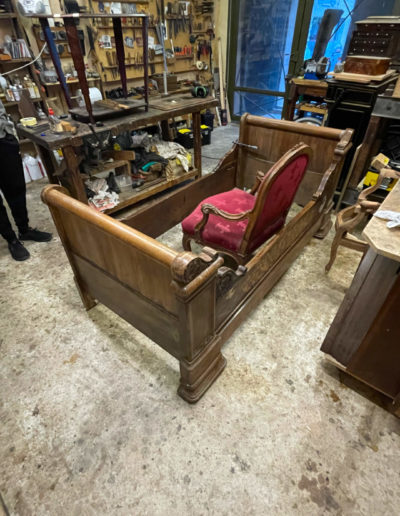
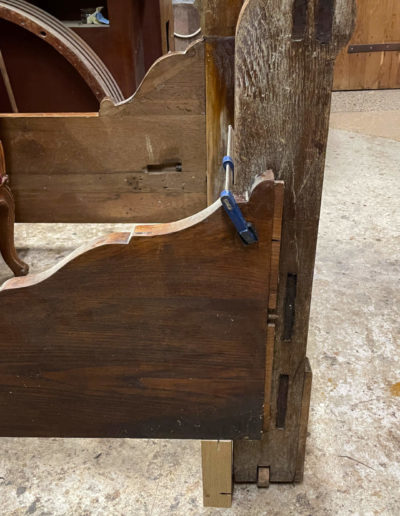

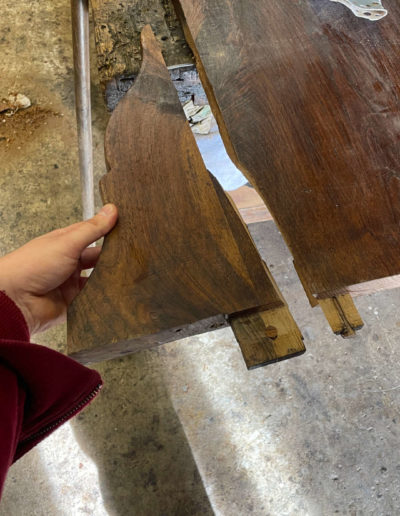


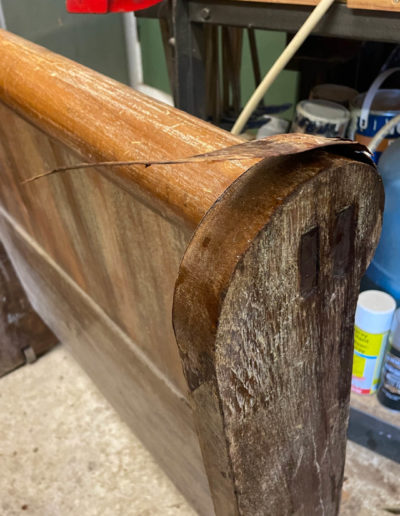
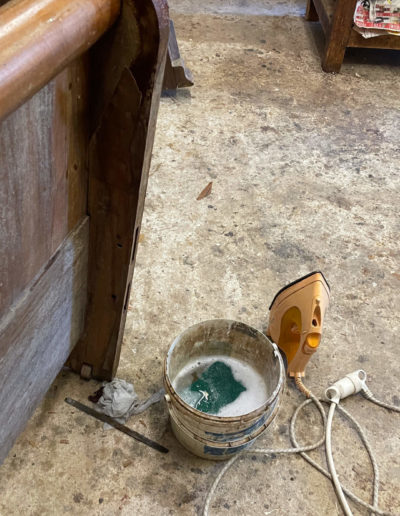
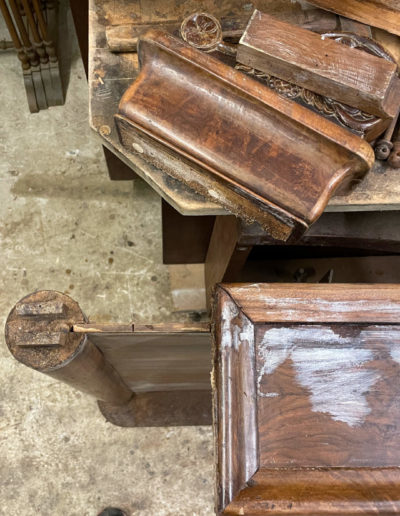





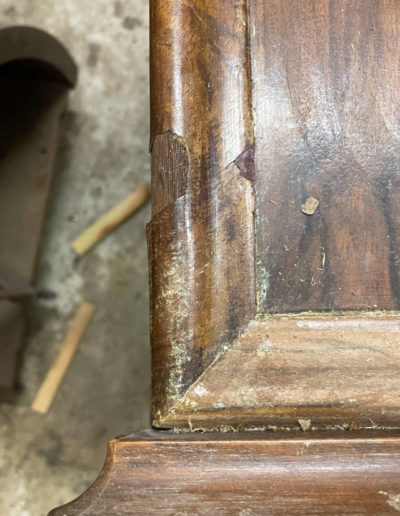
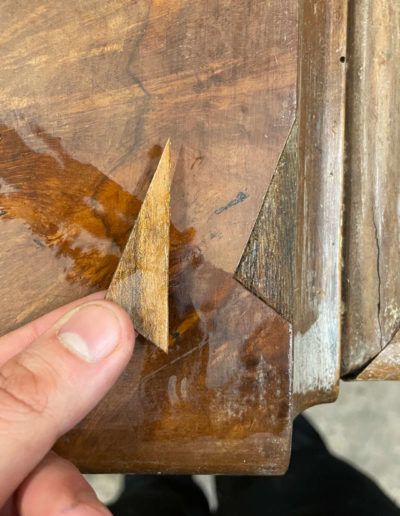

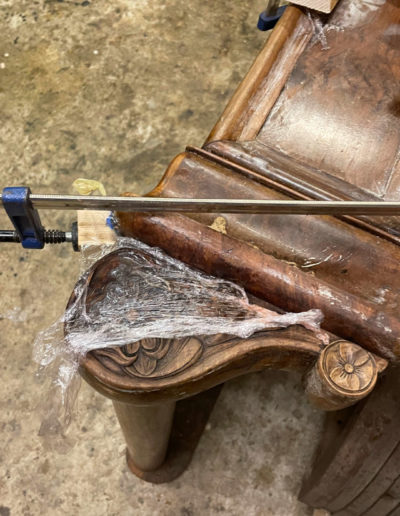
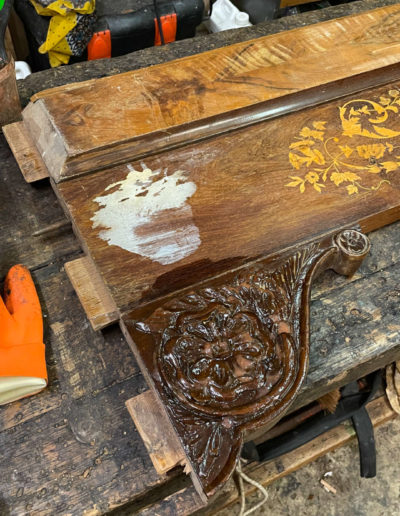

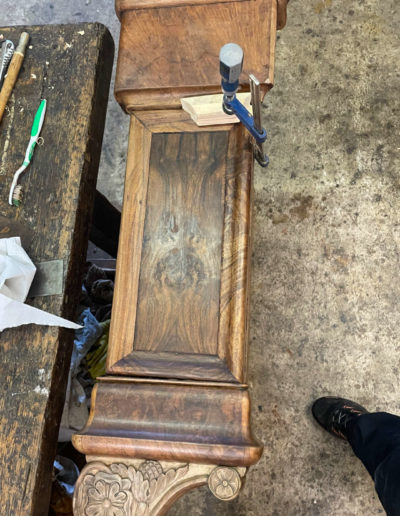

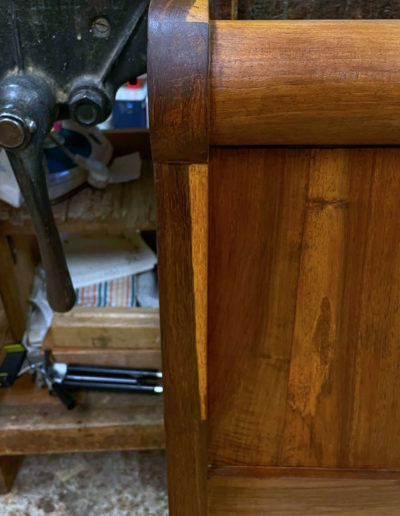
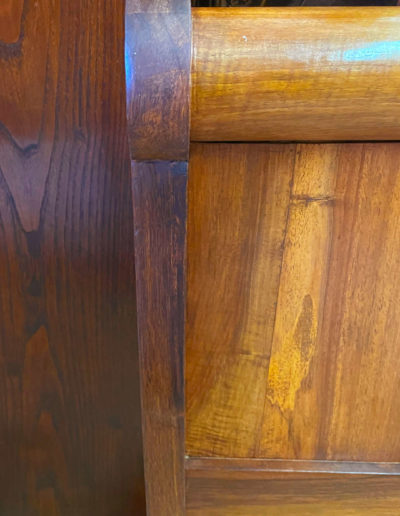




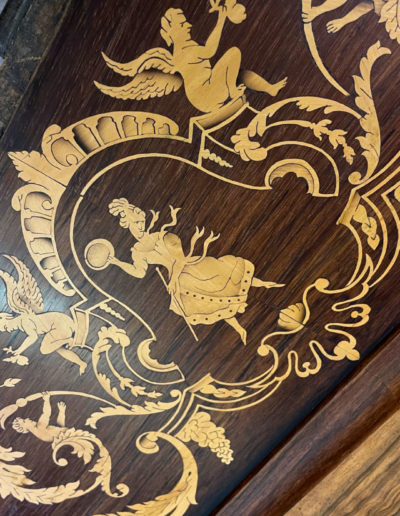



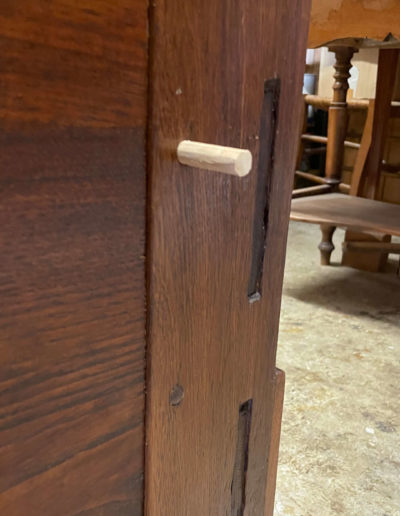
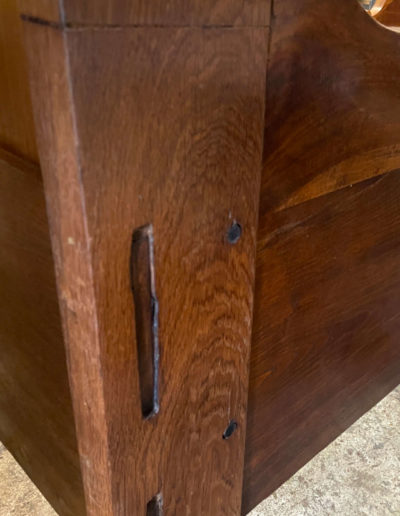
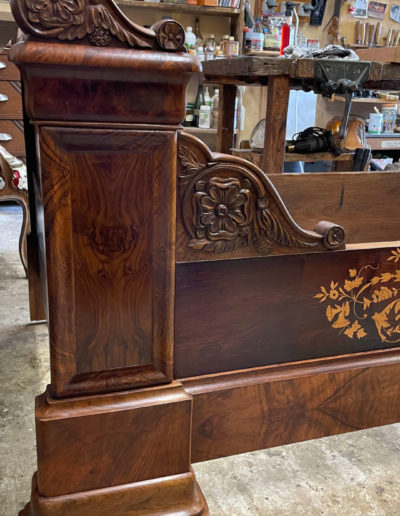
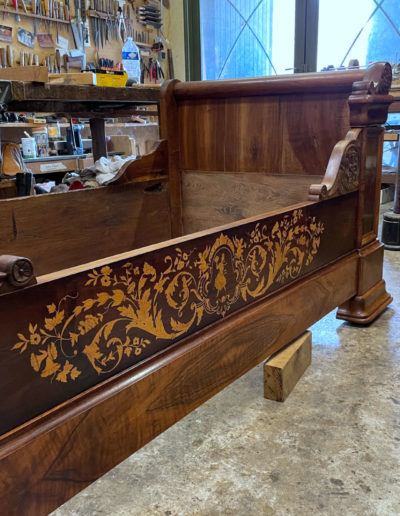

Neueste Kommentare